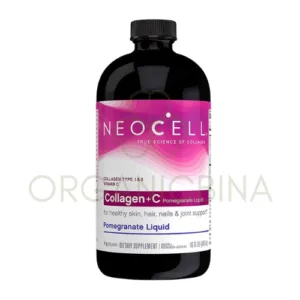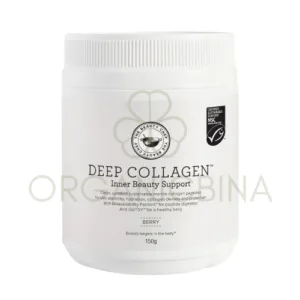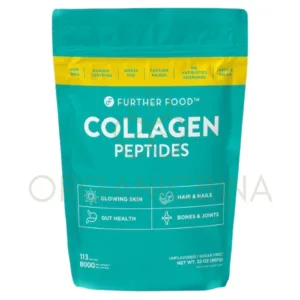news
The Synergy of Nutrients: Pairing Foods for Maximum Absorption
In the complex world of nutrition, it’s not just about what you eat, but also how you eat it. Nutrient synergy is the powerful concept that certain vitamins and minerals, when consumed together, enhance each other’s absorption and effectiveness. This collaborative dynamic can dramatically boost the health benefits of your meals, turning a simple plate of food into a powerhouse of nutrition. This comprehensive guide will explore the most important synergistic nutrient pairings, delve into the science behind their interactions, and provide practical tips on how to combine foods to unlock their full nutritional potential.

The Science of Synergy
Nutrients don’t work in isolation. They are part of an intricate ecosystem where one compound can act as a catalyst for another. This is especially true for absorption in the digestive tract.
- Absorption Enhancement: Some nutrients, like Vitamin C, create a favorable environment in the gut for other nutrients, like iron, to be absorbed.
- Co-Factors: Other nutrients, like Vitamin D, are essential co-factors for the body to use and store other minerals, like calcium. Without the co-factor, the other nutrient is essentially useless.
- Antioxidant Network: Certain antioxidants, like Vitamin E and Selenium, protect and regenerate each other, amplifying their collective power to fight free radicals.
The Most Powerful Nutrient Pairings
- Vitamin C & Iron: This is arguably the most well-known synergistic duo. Non-heme iron, the type found in plant foods, is notoriously difficult for the body to absorb. However, when consumed with a source of Vitamin C, its absorption can increase by a remarkable 2-3 times.
- Practical Pairing: Add a squeeze of lemon juice to your lentil soup or salad. Eat bell peppers with a spinach-and-bean dip.
- Vitamin D & Calcium: Vitamin D is crucial for calcium absorption. Without enough Vitamin D, you could be consuming a calcium-rich diet, but your body wouldn’t be able to effectively use it to build strong bones.
- Practical Pairing: Eat fortified yogurt or milk with a handful of fortified cereal. Get some sun exposure while eating a calcium-rich meal.
- Healthy Fats & Fat-Soluble Vitamins: Vitamins A, D, E, and K require fat to be absorbed. They are “fat-soluble,” meaning they need to dissolve in fat to be transported from the digestive tract into the bloodstream.
- Practical Pairing: Drizzle olive oil over your spinach salad. Add avocado to your sweet potato dish. Eat salmon, which is rich in healthy fats, with your leafy green vegetables.
- Zinc & Vitamin A: These two nutrients are partners in crime. Zinc is required to transport Vitamin A from the liver, and together they are essential for immune function and vision. A deficiency in zinc can impair your body’s ability to use Vitamin A effectively.
- Practical Pairing: Eat beef (rich in zinc) with carrots (rich in Vitamin A). Add pumpkin seeds to a stir-fry with broccoli.

Beyond the Plate: Other Synergies
Nutrient synergy extends beyond simple food pairings.
- Iron & Copper: Copper is essential for the absorption and utilization of iron. A severe copper deficiency can lead to anemia, even if your iron intake is adequate.
- Vitamin K2 & Vitamin D3: While Vitamin D3 helps with calcium absorption, Vitamin K2 directs that calcium to where it needs to go (bones) and keeps it out of places where it can be harmful (arteries).
- Selenium & Vitamin E: These two powerful antioxidants protect each other. Selenium is required to regenerate Vitamin E, which is a major player in protecting cell membranes from oxidative damage.
Conclusion: A Conscious Approach to Eating
Understanding nutrient synergy transforms the way you think about food. It’s not just about checking a box with each nutrient but about creating harmonious, delicious meals that allow your body to absorb and utilize every bit of goodness. By consciously pairing foods and thinking about their combined effects, you can unlock a new level of nutritional efficiency and give your body the ultimate advantage in building a strong, healthy foundation for life.



